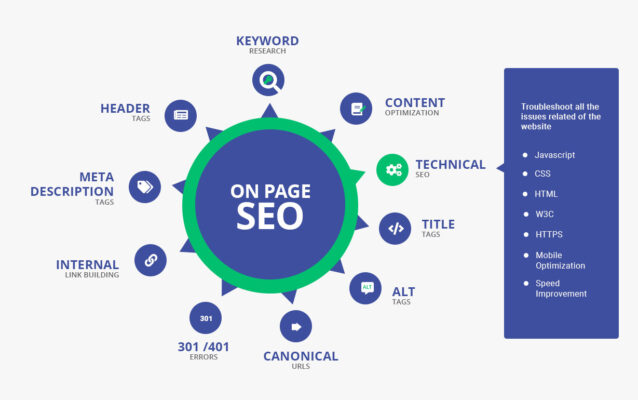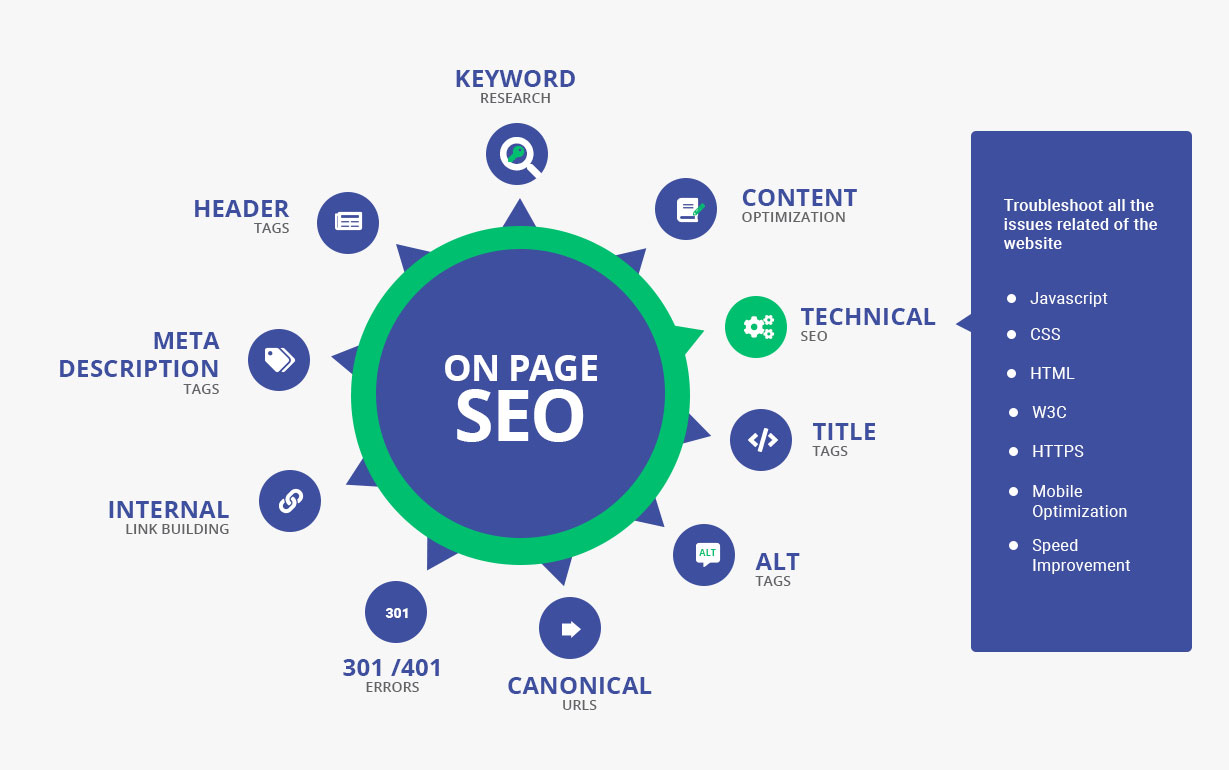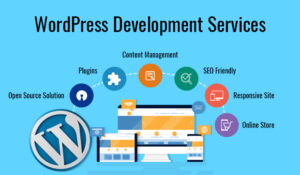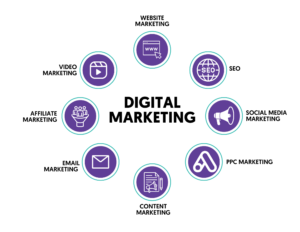On Page SEO premium Bengali course 2024
$350.00 $250.00
Optimizing your on-page content for SEO is essential for improving your website’s visibility in search engine results pages (SERPs) and driving organic traffic. Here’s a detailed guide on how to optimize your on-page content for SEO
To download our premium On Page SEO course, please add this product to your cart and complete payment. , After successful payment, you will receive a link to download the course video
Optimizing your on-page content for SEO is essential for improving your website’s visibility in search engine results pages (SERPs) and driving organic traffic. Here’s a detailed guide on how to optimize your on-page content for SEO:
- Keyword Research and Selection:
- Conduct thorough keyword research to identify relevant keywords and phrases related to your content.
- Choose primary and secondary keywords that have adequate search volume and align with your content’s topic and intent.
- Title Tag Optimization:
- Include your primary keyword naturally in the title tag.

- Keep the title tag concise (around 50–60 characters) and compelling to encourage clicks.
- Ensure each page on your website has a unique title tag.
- Include your primary keyword naturally in the title tag.
- Meta Description Optimization:
- Write a meta description that accurately summarizes the content of the page.
- Include relevant keywords naturally but avoid keyword stuffing.
- Keep the meta description under 160 characters to ensure it’s fully displayed in search results.
- Headings (H1, H2, H3, etc.):
- Use descriptive and keyword-rich headings to structure your content logically.
- Include your primary keyword in the main heading (H1) and use variations in subheadings (H2, H3, etc.).
- Ensure headings accurately reflect the content that follows.
- Content Optimization:
- Create high-quality, informative, and engaging content that fulfills the user’s search intent.
- Naturally incorporate primary and secondary keywords throughout the content, focusing on readability and relevance.
- Aim for an appropriate keyword density (typically 1-2%) to avoid overoptimization.
- Use variations of your keywords and semantic terms to enhance context and relevance.
- Include multimedia elements like images, videos, and infographics to enrich the user experience.
- URL Structure:
- Create SEO-friendly URLs that are concise, descriptive, and include relevant keywords.
- Use hyphens to separate words in the URL for readability and accessibility.
- Avoid using special characters, numbers, or excessive parameters in URLs.
- Internal Linking:
- Link to other relevant pages within your website using descriptive anchor text.
- Use internal links to guide users to related content and distribute link equity across your site.
- Ensure a logical and user-friendly site structure to facilitate navigation.
- Image Optimization:
- Optimize image filenames and alt attributes with descriptive keywords.
- Compress images to improve page loading speed without sacrificing quality.
- Use image sitemaps to help search engines discover and index your images.
- Mobile Optimization:
- Ensure your website is responsive and mobile-friendly to provide a seamless user experience on all devices.
- Optimize font sizes, tap targets, and viewport settings for mobile users.
- Test your website’s mobile compatibility using Google’s Mobile-Friendly Test tool.
- Page loading speed:
- Improve page loading speed by optimizing images, minifying CSS and JavaScript, and leveraging browser caching.
- Use tools like Google PageSpeed Insights or GTmetrix to identify and fix performance issues.
- Schema Markup:
- Implement structured data markup (schema.org) to provide search engines with additional context about your content.
- Use schema markup to enhance rich snippets and improve the visibility of your content in SERPs.
- Regular Content Updates:
- Keep your content fresh and up-to-date by regularly publishing new articles, updating existing content, and removing outdated information.
- Monitor keyword performance and make necessary adjustments to maintain or improve rankings over time.
By implementing these on-page SEO best practices, you can enhance the visibility, relevance, and usability of your website’s content, ultimately driving more organic traffic and improving your search engine rankings.
Be the first to review “On Page SEO premium Bengali course 2024” Cancel reply
Related products
Training Course
Training Course
Training Course
Training Course
Training Course








Reviews
There are no reviews yet.